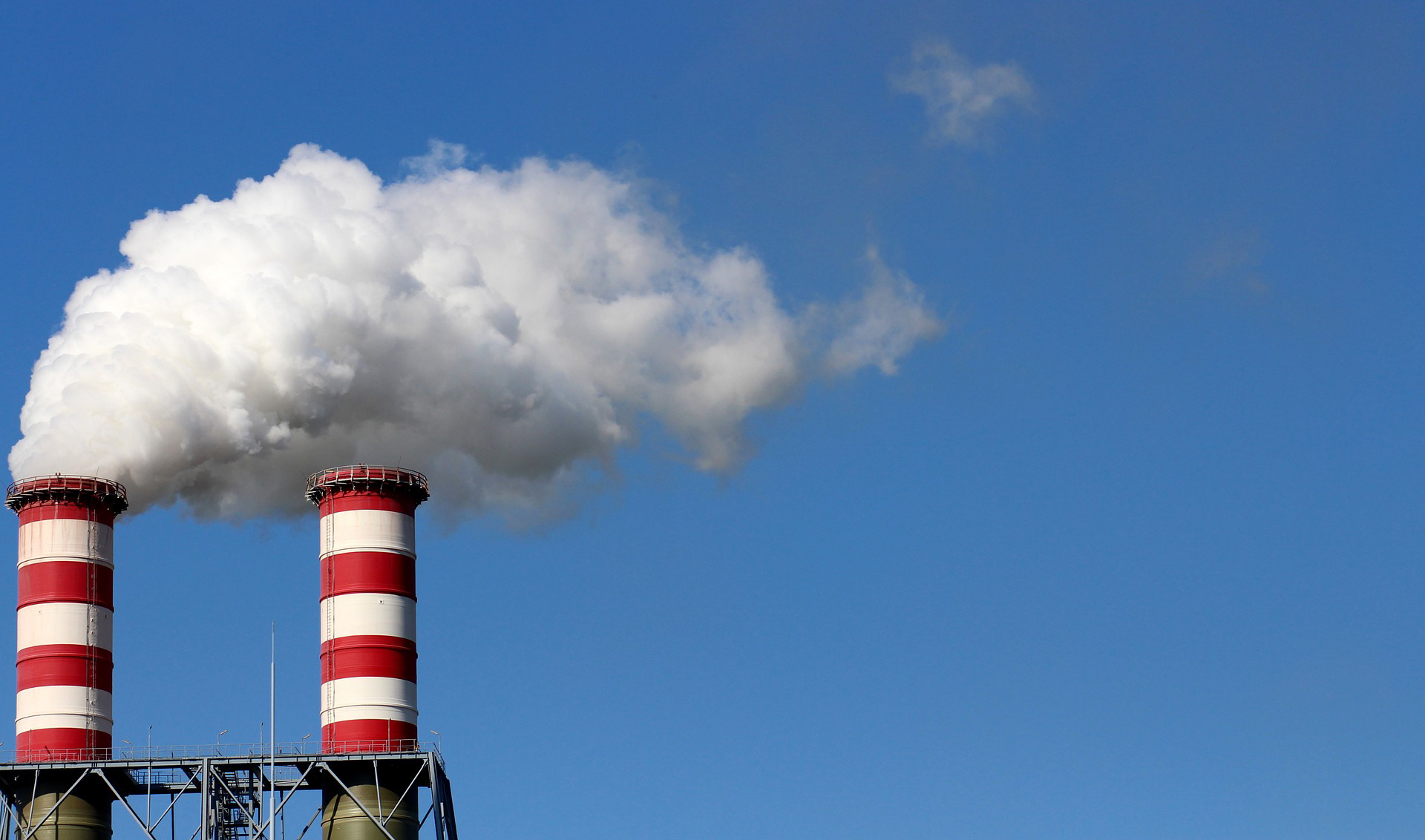The ENEDI research group of the UPV/EHU-University of the Basque Country has made an estimate of the waste heat that could be taken advantage of and reused in industry in the Basque Country. With respect to waste heat flows above 400 °C, more than 90 % of the companies studied have been found to have investment payback periods of less than five years in the recovery of this routinely wasted heat.
The Basque Country’s industrial waste heat could be reusable
The ENEDI group has assessed the potential of recovering industrial waste heat in the Autonomous Community of the Basque Country
- Research
First publication date: 11/08/2021

Many traditional industrial processes generate heat that is normally released into the atmosphere but which could be reused. In production processes such as smelting, iron and steel, paper or cement, between 35 % and 50 % of the heat generated is lost. The efficient reuse of this industrial waste heat or its recovery for use in other processes displays a significant potential for increasing energy efficiency in industry. However, in order to design strategies for exploiting this potential, data on the quantity and flow characteristics of this industrial waste heat needs to be available. This information is not always easy to obtain and many companies do not even have a systematic record of the energy flows present in their production processes.
"In this work, four different methods are applied to determine the industrial waste heat recovery potential in the Autonomous Community of the Basque Country. These estimates are based on two reference indicators: fuel consumption (diesel and natural gas) and CO2 emissions," said Pello Larrinaga, a researcher in the UPV/EHU's ENEDI research group.
In order to conduct an energy study of this type, it is essential to create a user-friendly database that can be used as a calculation tool. An in-house database that includes data on energy consumption (diesel and natural gas), CO2 emissions, activity description, number of employees, turnover, company location, etc. has been developed in this work. "Knowing the distribution and intensity of the potential by zones is very useful in finding out the areas in which there is a high concentration of industrial waste heat so that recovery strategies or policies can be designed. We have observed that Bizkaia is the Basque province with the greatest potential. This is explained by the fact that Bizkaia has more energy-intensive industry than the other two provinces, where the industrial base has other characteristics: in Gipuzkoa there are many companies related to the manufacture of machine tools and the automotive auxiliary industry, sectors in which no significant data on industrial waste heat have been identified; in the case of Araba, the least populated province, the sources of waste heat are concentrated in very specific industrial areas," Larrinaga pointed out.
“It is also very important," as the UPV/EHU researcher pointed out, "to know the release temperature of this waste heat in order to evaluate what use it can be put to. In principle, if the heat is released at high temperatures, more can be got out of it or it is more easily recovered. In the present study, 36 % of the estimated recovery potential is emitted at over 500 °C and 7 % specifically at over 1,000 °C. However, it is more difficult to build on the waste heat being released at low temperatures (below 200 °C) since the range of applications is much more limited. In this work we have observed that in the companies studied, 37 % of the estimated waste heat is at a temperature below 200 °C. So the materials we are working with and the thermal storage devices we are currently working on are designed to recover this type of heat. The fact is that when this reuse cannot be carried out immediately, a storage system to store the heat until it can be used at another time is needed," added Pello Larrinaga.
The research group has found that “with respect to waste heat flows in excess of 400 °C, more than 90 % of the companies studied have investment payback periods of less than five years. For industries with waste heat temperatures below 200 °C, the proportion decreases to around 40 %, which is still a significant percentage. Estimates point to a significant opportunity for implementing solutions designed to recover this wasted energy, especially in the iron and steel and petrochemical industries. But in most cases this obviously requires a change in infrastructure or in production processes. In other words, companies need to be motivated to make such investments. So, the development of public policies that encourage such measures would also be beneficial”.
"This study is no more than an estimate; we are certain that there is more waste heat than predicted. The next step going forward is to carry out a more comprehensive assessment that includes detailed information on production processes, waste flow characteristics, their flow rates and temperatures. Future work will involve the validation of the proposed methodology through collaboration with local companies belonging to different industrial sectors," said Pello Larrinaga.
Bibliographic reference
- Evaluation of the theoretical, technical and economic potential of industrial waste heat recovery in the Basque Country
- Journal of Cleaner Production
- DOI: 10.1016/j.jclepro.2021.127494





